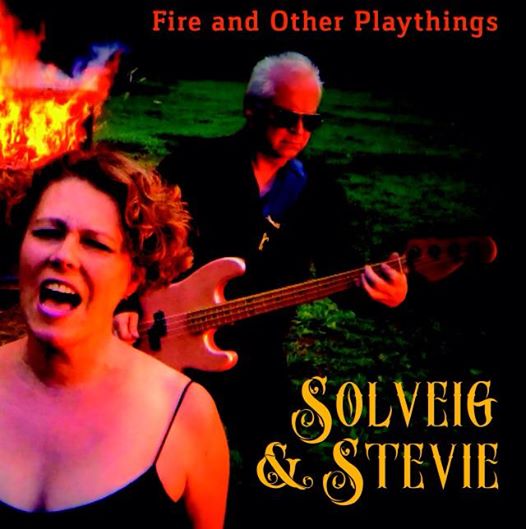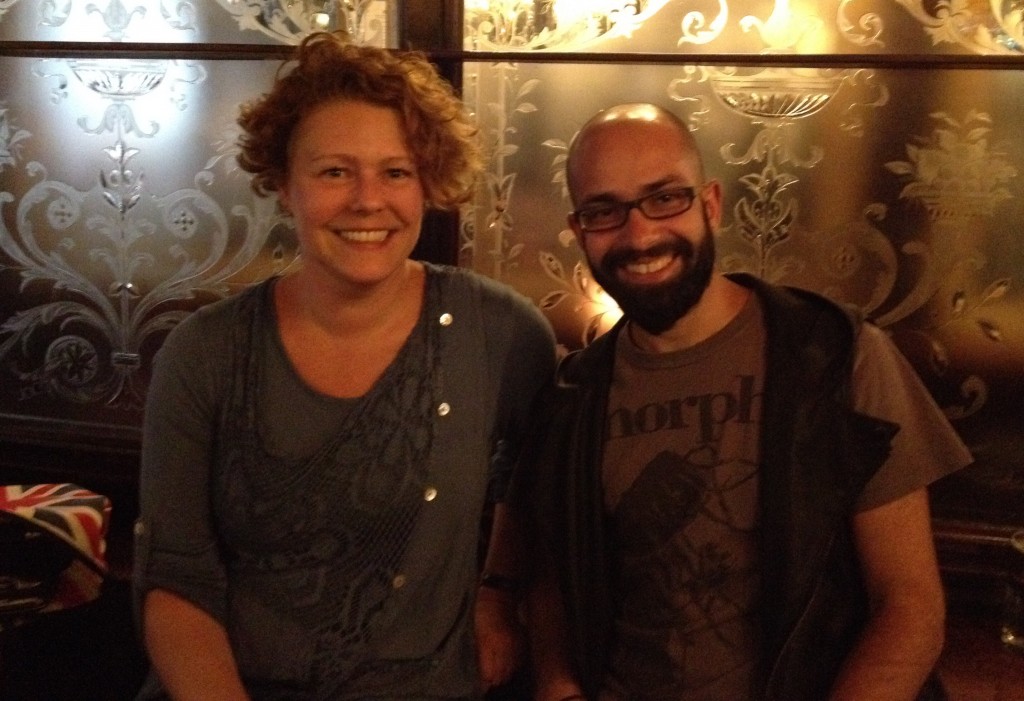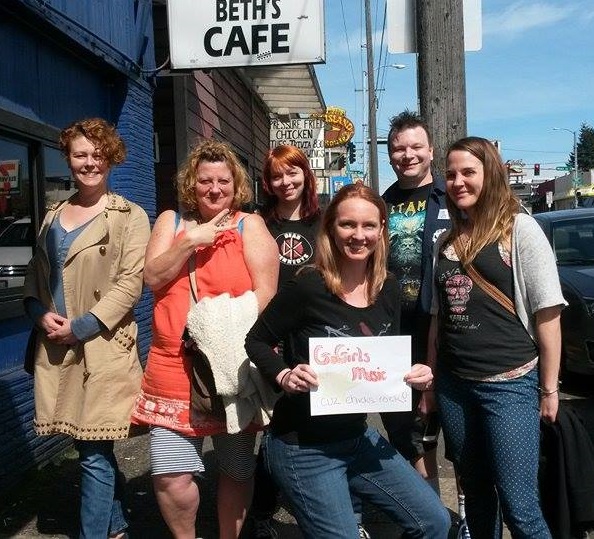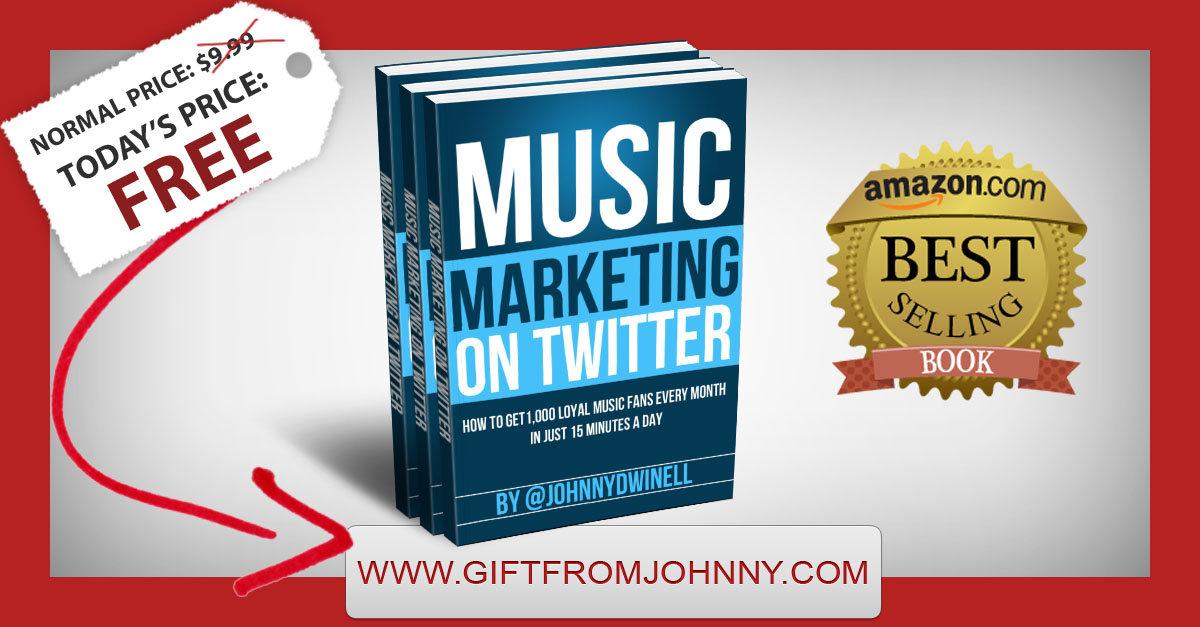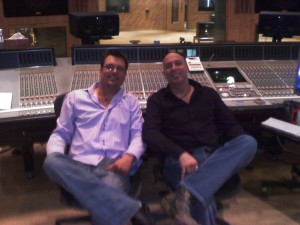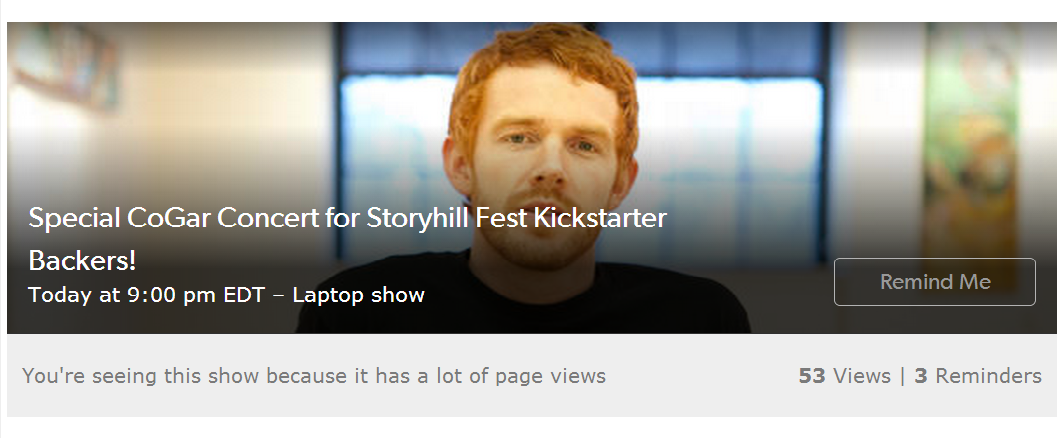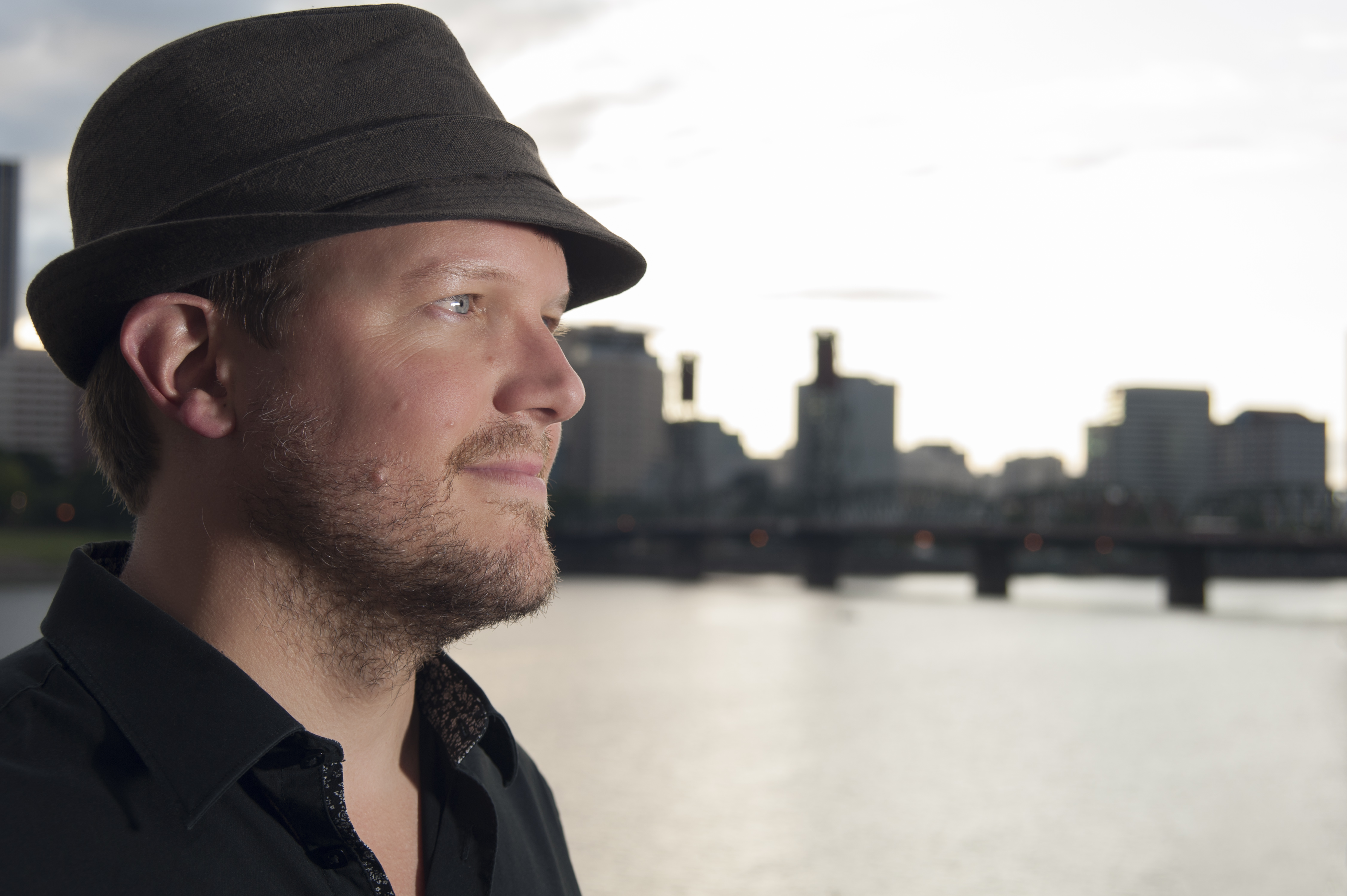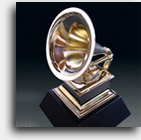Tis the season for indie album releases (perhaps the Grammy submission timelines are driving some of this).
As some of you know, we recently mastered our second Solveig & Stevie CD, Fire and Other Playthings. Before we release it, of course, I am writing up my promotional plan. In the midst of my best practices research process, it occurred to me, wait…
What about consulting the collective brainpower surrounding me in the virtual online cocktail party that is the Internet of All Things, those brilliant music industry people (some of whom I am now honored to call Friend and many of whom I have met In Real Life over the past several years)?
Then came another Lightbulb Moment: I should compile these tips into a blog post to share with you, my faithful readers!
All of these folks are people I have interacted with on social media or in person in some way or another, so they are real people with real experience in music marketing. Many have written entire books (or at least ebooks) on the subject, which I have downloaded or purchased and read.
The links below are not affiliate links, they’ll just take you to the author’s website or blog. All I ask is that if you do visit my friends, please let them know I sent you.
Don’t forget to read all the way to the end – there are some real gems here. Some are a bit more, ahem, detailed than others. Some are practical lists, and some more philosophical. I didn’t want you to miss anything, so I edited just a bit for obvious redundancies. There are some recurring themes.
[By the way, if you’d prefer this post as a PDF, I am thinking of creating an ebook from this blog post. Let me know in the comments or email me via the contact form to let me know.]
So with no further ado, in no particular order, except as they came in to me, here they are:

